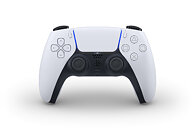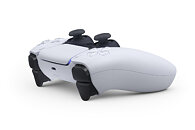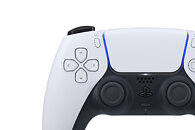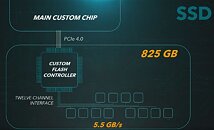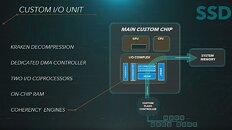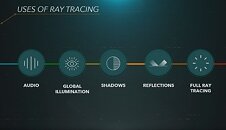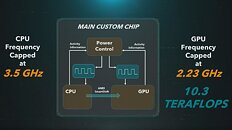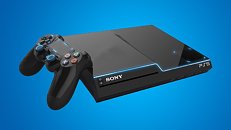
Sony Reveals DualSense, the New Wireless Game Controller for PlayStation 5
Sony has revealed the design for DualSense, which will bring the sense of touch to PS5 gameplay. The new controller introduces haptic feedback, adaptive triggers for L2 / R2, a new "Create" button to replace "Share" and a microphone array built in.
We've reached an exciting milestone with PlayStation 5, as we're starting to ship our new controller in its final design to developers who are implementing its unique features into their games. But first, we wanted everyone in the PlayStation community to get a first look at the DualSense wireless controller, and hear our vision for how the new controller will captivate more of your senses as you interact with the virtual worlds in PS5 games. The features of DualSense, along with PS5's Tempest 3D AudioTech, will deliver a new feeling of immersion to players.
We've reached an exciting milestone with PlayStation 5, as we're starting to ship our new controller in its final design to developers who are implementing its unique features into their games. But first, we wanted everyone in the PlayStation community to get a first look at the DualSense wireless controller, and hear our vision for how the new controller will captivate more of your senses as you interact with the virtual worlds in PS5 games. The features of DualSense, along with PS5's Tempest 3D AudioTech, will deliver a new feeling of immersion to players.
